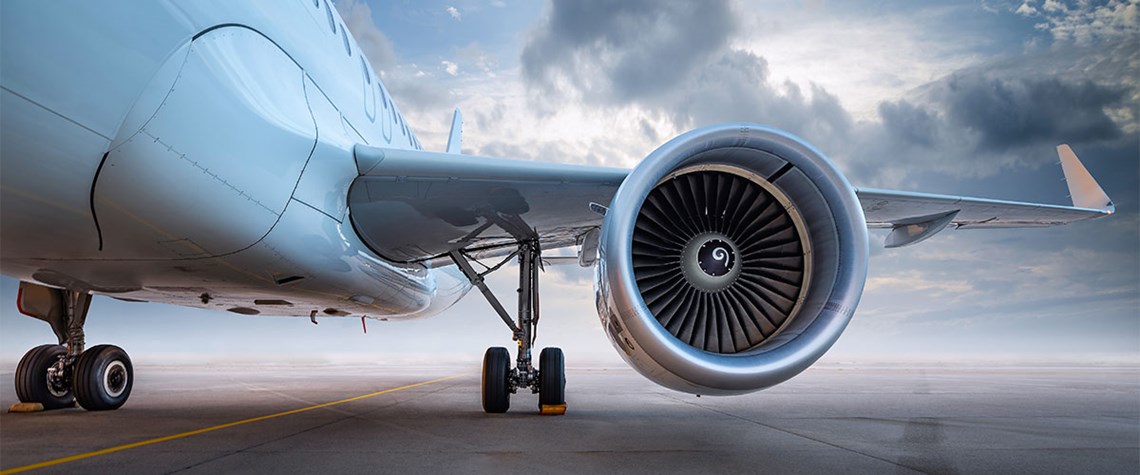Efficiency and SAF key to cutting aviation emissions
Rate of efficiency improvements must be doubled while SAF production must grow fivefold under a net-zero scenario
Greater use of sustainable aviation fuels (SAFs) and improved aircraft fuel efficiency will be the most important factors in reducing aviation sector emissions under two scenarios developed by the Mission Possible Partnership (MPP)—an alliance of climate research groups and private companies—that are consistent with a global net zero by 2050 pathway. Under both scenarios, annual fuel efficiency gains are doubled compared with historical gains and SAF production capacity is ramped up from the current 5.5mn t/yr to 40-50mn t/yr by 2030 and 300-370mn t/yr by 2050. “This transition strategy outlines plans and projects that are high on the agenda of ambitious companies, including the ‘nuts and bo

Also in this section
23 April 2024
Europe must unlock cross-border CO₂ trade if it wants to build a viable CCS sector for the long term
16 April 2024
US and European oil majors snap up smaller players and look to accelerate development in a region deemed to possess all the key elements for successful CCUS deployment
15 April 2024
Demand for credits seen rising 20% this year despite issues around integrity and standardisation
11 April 2024
Volatile allowance prices and small size of voluntary market undermine ability to drive investment, says Oxford Institute for Energy Studies







